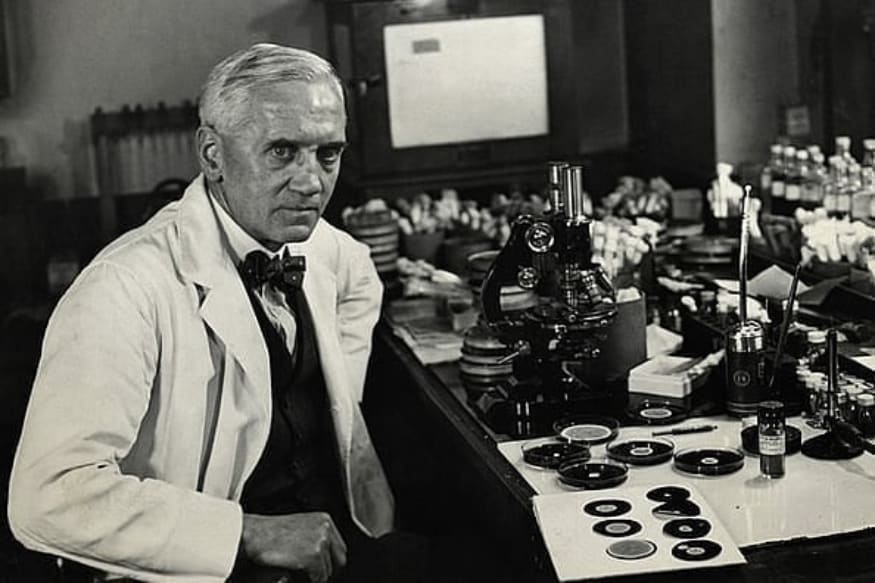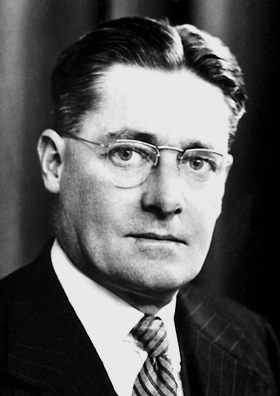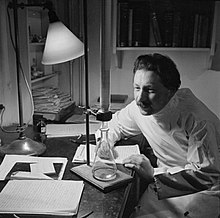Overview:
In 1928, Sir Alexander Fleming, a Scottish scientist working at St. Mary’s Medical School, had accidentally stumbled upon a groundbreaking discovery that would change the world of science and medicine forever, this discovery would later come to be known as Penicillin. Motivated by both his brother, who already happened to be a doctor, and his personal encounters with wounded British soldiers, Fleming had chosen to choose a career in the field of medicine, where he would come to come to make his first contemporary discovery, antiseptics were actually making things worse for the infected than improving!
Working Alongside Sir Almroth Wright, a leader in Vaccine Therapy at the time,
Fleming had published their findings to The Lancet, a popular medical journal, only to find their findings largely dismissed. But, Fleming continued with his research into finding a way to end the use of antiseptics, and would later come to be a historical figure in medicinal and scientific history.
After going on holiday for two weeks, Fleming had returned to his laboratory to find
a particular mold growth inside a petri dish containing staphylococci, a variety of bacteria. Initially thinking “that’s funny,” Fleming had dug deeper into the research of Penicillin, discovering it is only effective against Gram Positive Bacteria, and wondering if it was fit to be inserted into humans. However due to a lack of funding Fleming would later end further development on penicillin research, only to later be picked up by Howard Florey and Ernst Chain.
Thesis
As the first antibiotic ever discovered, penicillin broke many medical and scientific barriers by revolutionizing the field of medicine and introducing a cure for previously untreatable illnesses, although it was not a universal cure and remained ineffective against some common ailments. This revolutionary and barrier-Breaking potency, as well as it’s deficiencies encouraged further research in the field of antibiotics, essentially creating the field as we know it today. Furthermore, it was much more effective than previous treatments for many diseases and supplanted many “cures” that evidence shows were causing more harm than good. The perilous and growing problem of antibiotic resistance was also first observed in penicillin and it motivated many prominent physicians and scientists, many of whom became famous through their work on penicillin, to speak out about the abuse of antibiotics and the disastrous repercussions that could result. Unfortunately, its reputation as a panacea contributed to the ever-increasing problem of antibiotic resistance, partially restoring that barrier in medicine it originally broke by introducing a cure to numerous illnesses.




